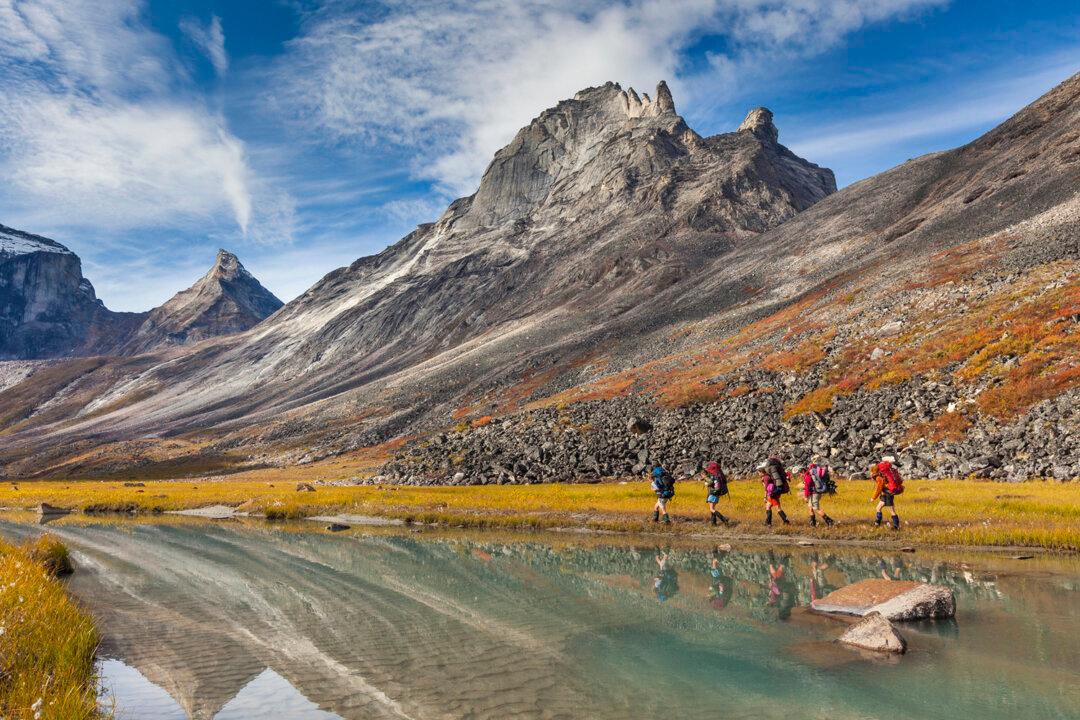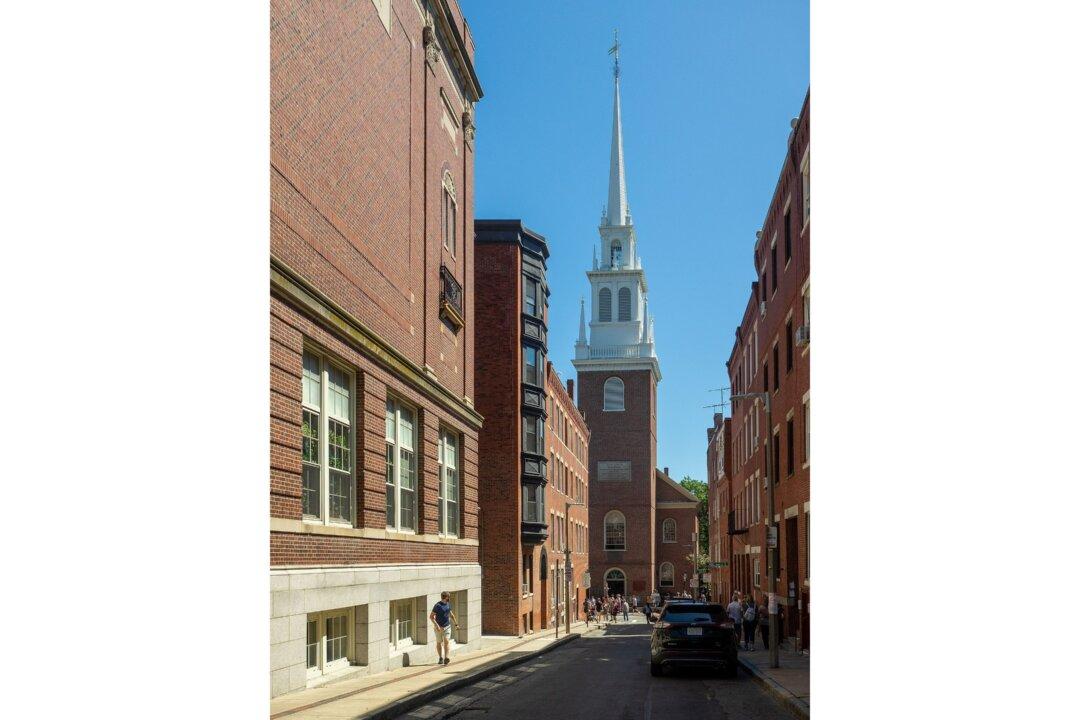One of the most remote historic sites in America is Fort Jefferson, in Dry Tortugas National Park. It’s 70 miles by boat or seaplane west of Key West, Florida, the southernmost point in the contiguous United States.
One of the oldest and largest 19th-century masonry forts in the United States, the hexagonal Fort Jefferson takes up most of the low-lying, coral cay island of Garden Key. An aerial view truly presents the site’s far-flung locale. Little but deep blue and turquoise water surrounds it: Narrow Loggerhead Key is three miles away, on which sits the Dry Tortugas Lighthouse, and three other tiny sand specks named Hospital, Middle, and East Key.

Otherwise, Fort Jefferson is as far off the beaten path as one can imagine. To get there, visitors must plan three to six months in advance so they can secure a pricey seat on the only Dry Tortugas National Park-approved seaplane or catamaran charter venturing to the site daily.
Though it’s challenging to reach Fort Jefferson, its allure, historical significance, and 19th-century military architecture makes the difficulty and expense well worth it. Castle-like, it’s surrounded by a moat. The fort houses a lighthouse, powder magazine, chapel, hotshot furnace (used to heat cannonballs), and vast, cavernous spaces that visitors can explore. Plus, there’s a small beach on one side of the fort, and a natural peninsula attracts thousands of birds on the other side.

Lincoln Connection
Though construction lasted from 1846 to 1875, the fort was never completed. It was intended to be a post for ships patrolling the Gulf of America and the Straits of Florida—especially by Union forces during the Civil War. In 1863, nearly 2,000 people lived within the brick 8-foot-thick, 45-foot-tall walls.Soldiers, laborers, women, children, a lighthouse keeper and his family, prisoners, and Union deserters “represented a busy little town,” journaled Emily Holder, wife of the fort’s assistant, in the 1860s. Her quote is on a kiosk at Fort Jefferson, along with an artist rendering that conveys her observation: “The fort at night was brilliant with lights, and the place was active with the bustle of many people.”

After the war, Fort Jefferson was used to house federal prisoners. Three of the fort’s most notorious residents imprisoned there were suspected conspirators in President Abraham Lincoln’s assassination: Dr. Samuel Mudd, Samuel Arnold, and Edman Spangler.
Dr. Mudd knew Lincoln’s assassin, John Wilkes Booth, and set his broken leg the day following the April 14, 1865 assassination. Arnold was a childhood friend of Booth’s and a Confederate veteran. Spangler held Booth’s horse for him behind Ford’s Theatre in Washington, where Lincoln was shot. All three were sentenced to life in prison at Fort Jefferson.

During their time at Fort Jefferson, prisoners were housed in low, wide, damp, cave-like spaces with only arrowslit windows for light. Visitors to Fort Jefferson can enter Dr. Mudd’s cell, located on the second tier above the sally port, a passageway used by troops.

The main fort’s 2,000 arches, Gothic chapel ceiling, bakery, and walls were constructed of Florida-made yellow bricks and Maine-made red bricks as well as coral rock concrete. Granite for the inset columned entrance with Roman pediment was also from Maine. Over 400 cannons were once stationed around the top of the fort; they were never fired at enemy ships. On the grounds inside the fort is a large, chambered powder magazine with an arched ceiling and a hot-shot furnace.

The fort’s 37-foot, unique, black lighthouse features a gallery deck, lantern, and sheets of boilerplate iron riveted together.
After 1874, the U.S. Army no longer occupied Fort Jefferson, but it continued to be used as a coaling station for warships. It also became the site of one of the first naval wireless stations in the early 1900s. During World War I, it was used as a seaplane base. In 1992, Fort Jefferson became a part of a new national park: Dry Tortugas.
Today, park rangers reside for seven to 10 day stretches in residential and service areas of the fort that once housed officers, soldiers, and supplies. Plus, a small but informative visitor center provides reading materials and displays focusing on everything from the island’s wildlife to how the fort’s design allowed for airflow and rainwater collection.

Fort Jefferson, named for our nation’s third president, is a unique relic of the past and a bucket-list must. It’s worth every bit of the effort it takes to get there.







